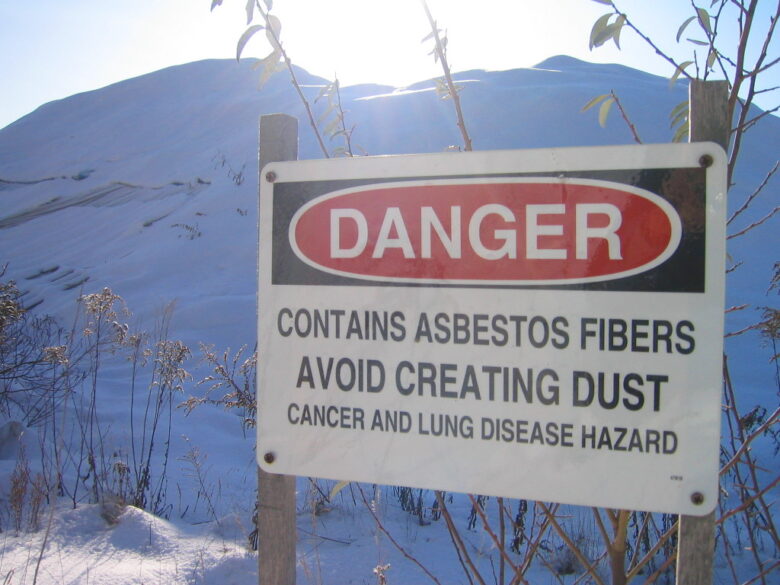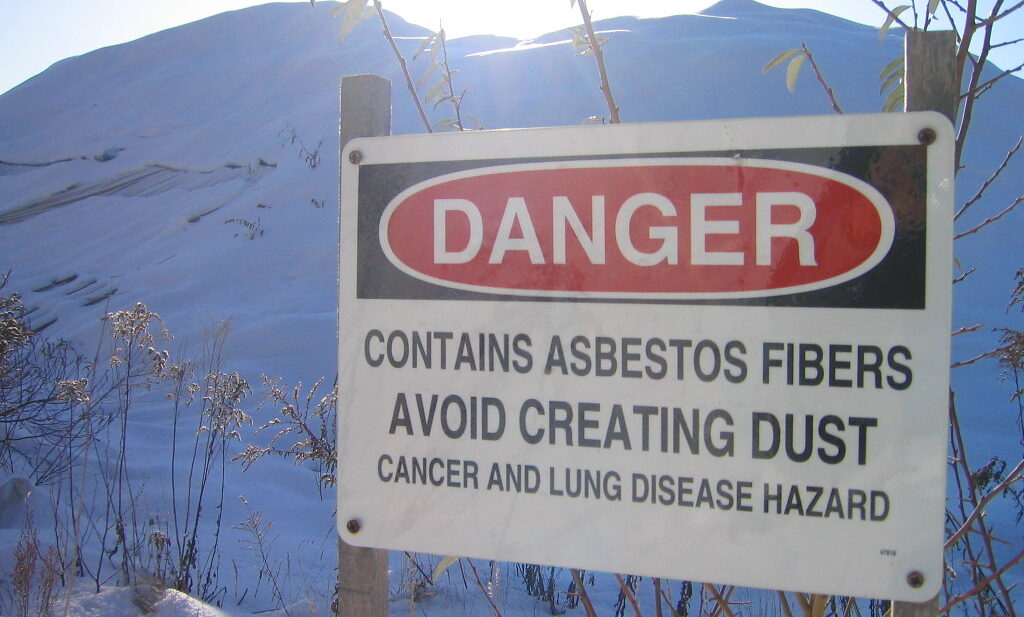
Asbestos is a naturally occurring fibrous mineral that was once highly regarded for its usefulness. It was seen as something of a “wonder material” for its durability and resistance to heat and corrosion, and was widely used in the textile, automotive and shipbuilding industries. It was also common in construction, and many buildings that were built prior to the 1980s may still contain the material.
Unfortunately, there is a good reason why asbestos has been effectively banned in the United States. Asbestos may be highly durable and versatile, but it has also been linked to many health conditions, including mesothelioma. Mesothelioma is a rare and aggressive cancer that affects the mesothelium, or the lining around the body’s internal organs. It most commonly affects the lungs, but it can also affect the heart and abdominal cavity. There is no known cure for mesothelioma, and since it usually isn’t diagnosed until its later stages, prognosis is often grim.
Asbestos in Your Home
Your home may contain asbestos if it was built prior to the early 1980s and has not undergone any significant renovations. This may sound alarming if you live in an older home, but the good news is that building materials that contain asbestos are usually fairly safe. Asbestos only poses a threat if it is damaged enough to shed fibers. These microscopic fibers can be inhaled or ingested, which is what ultimately causes health problems after a period of several years. Any asbestos in your home that remains undisturbed and undamaged will not cause problems.
Building Materials that Contain Asbestos
Asbestos can be found in a number of building materials such as roofing shingles, drywall, insulation, vinyl floor tiles and hot water or steam pipes. It can also be found in textured paints and patching compounds made prior to 1977. Having an older home doesn’t guarantee that any of these materials may contain asbestos. In many cases, an older home that has been heavily renovated may have had any asbestos that may have been present removed.
The best thing you can do if you suspect that any materials in your home contain asbestos is to leave them alone. As we said above, asbestos is only a threat when it is damaged or disturbed. Do not undertake any home improvement projects without consulting an asbestos abatement service, especially projects that involve knocking down walls. Look for any asbestos-containing materials that have been damaged or fallen into disrepair. This can include crumbling walls, balding shingles and peeling or cracked vinyl floor panels. Asbestos can usually be removed from your home if you believe that it is a threat, but only if you report the problem to an asbestos abatement service.
Prolonged Asbestos Exposure
The good news when it comes to asbestos is that health problems often only develop after years of exposure. Many people who are diagnosed with mesothelioma have been continuously exposed for decades, so you may have little to worry about if you’ve only been exposed once or twice. However, living in a home that contains asbestos could provide those decades of prolonged exposure. If you believe that you or a loved one has developed a serious health condition due to asbestos in your home, contact Shrader & Associates today. You may be entitled to compensation, especially in the event of a mesothelioma diagnosis.
This article was contributed on behalf of Shrader & Associates, your number one choice when looking for help with asbestos and mesothelioma. Click here and see how they can help you!

Leave a Reply